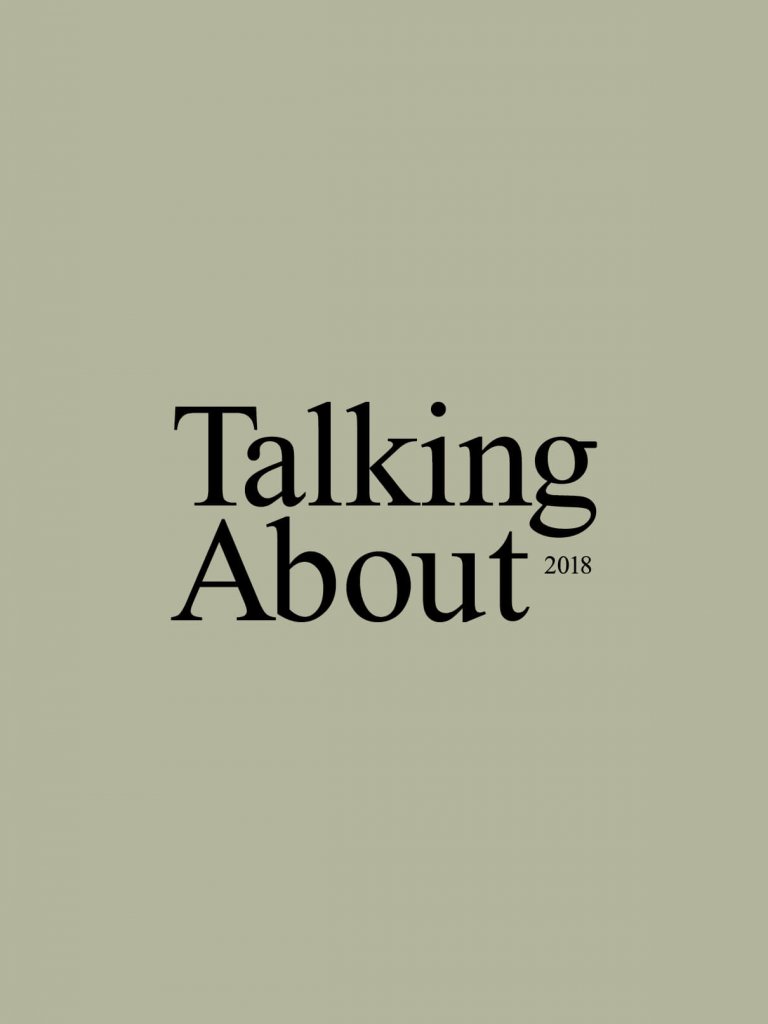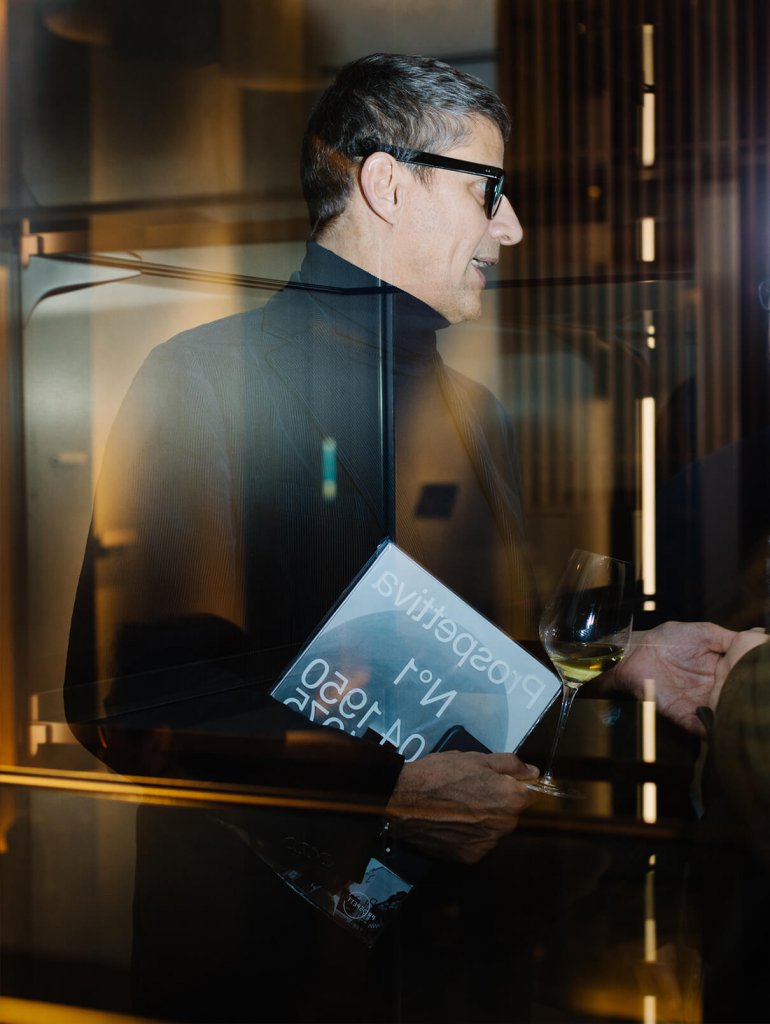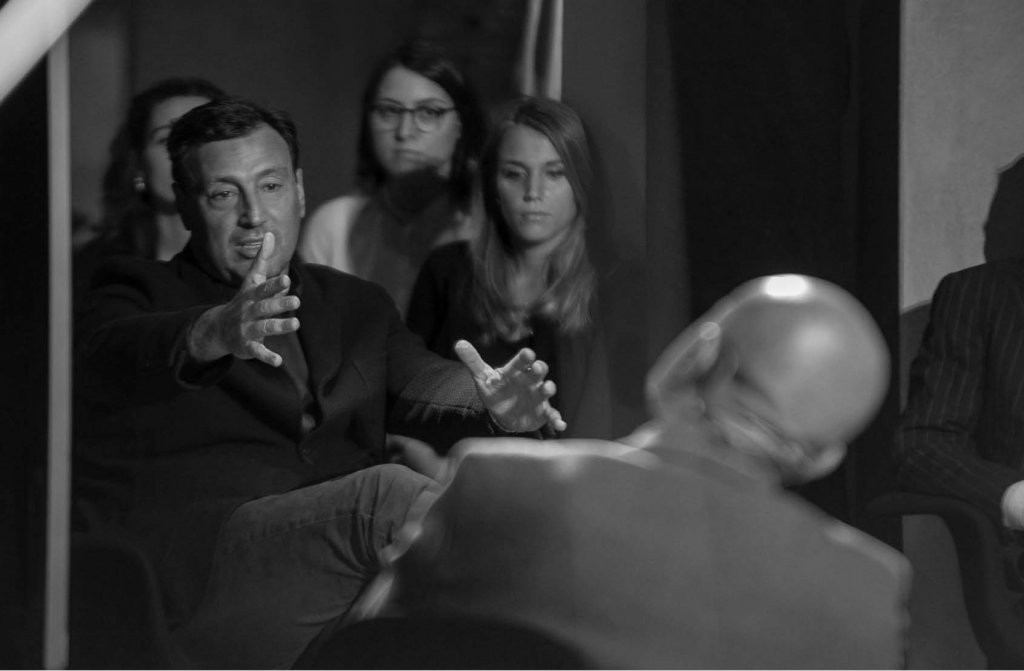Talking About 2018 Fashion and Design
Is there any difference between fashion and design? How do these two worlds interact, how do they co-exist in a city like Milan where they are so influential?
Michele Lupi, the editorial director of Icon and Icon Design, talks to Paul Smith and Alberto Alessi.
Michele Lupi: Fashion and Design: Can these two worlds coincide?
Paul Smith: Historically speaking, fashion and design have gone through different periods but have always gone hand in hand. From the 1980’s, where the combination of black and white reflected a Japanese influence common to both sectors, through to today where we have come to an extremely courageous experimentation of colour, where patterns and intricate features have become the signature style of a number of brands.
This development has occurred in both sectors, influenced by the same trends or as the result of mutual fusions.
How do fashion and furniture co-exist in your stores?
PS: In Paul Smith we have a team of 12 architects and furniture designers who deal with designing our stores around the world as well as designing the fixtures and fittings.
Every store has to be unique, has to have a different spirit and look about it, it has to be closely connected to the characteristics of its geographic location and this explains why Paul Smith buildings are so often one of a kind.
ML: How have things evolved, starting from your first stores in Nottingham?
PS: It was essential for me, right from the start, to have a number of vintage pieces of design in the shop. My first shop in Nottingham, my home town, dates back to 1970.
It was too small, measuring only 3 metres by 3, to include furniture, so the store set-up was limited to a few items. Later we opened in London and we could finally have larger pieces of design, pieces by Rosenthal, by Driade…
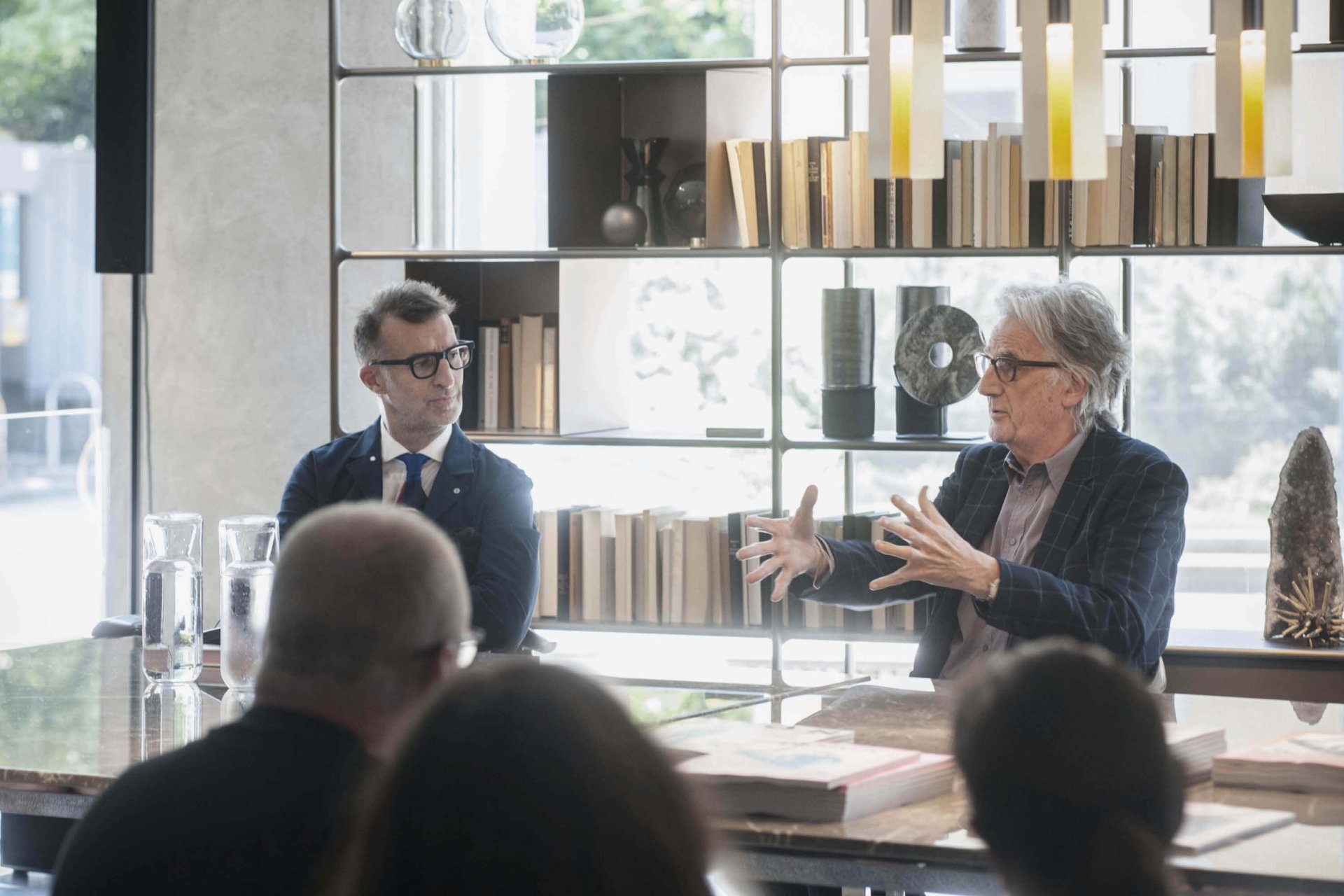
credits ph. Silvia Morara
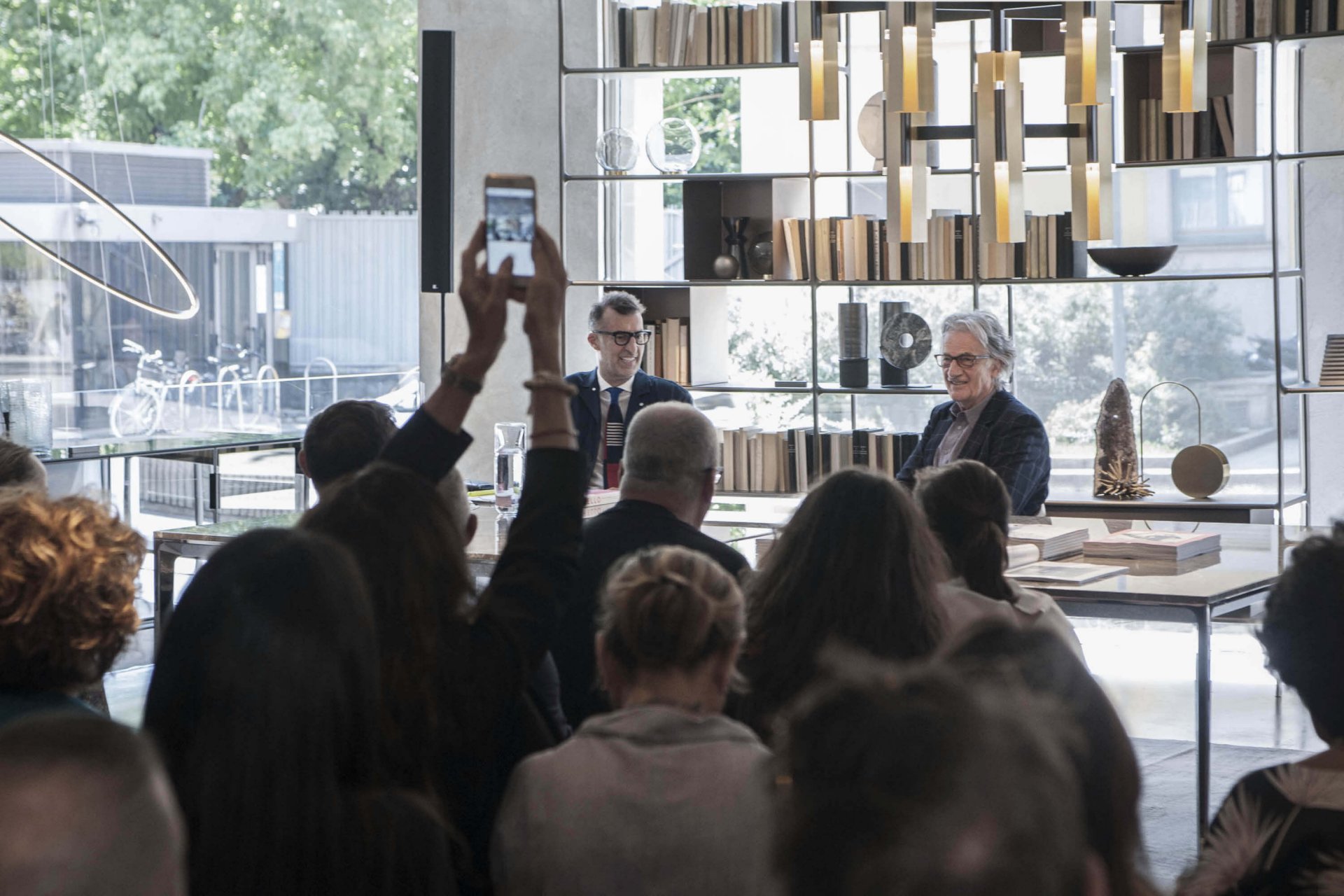
credits ph. Silvia Morara
ML: And what about your inspiration from a cultural point of view? What are your interests?
PS: I am extremely interested in design as well as architecture. I started reading Domus in 1987, at that time it was very difficult to get it in Nottingham but luckily I had some friends in Milan who were entrusted with sending it on to me where I lived in Holland Street. If I could, I would have liked to thank the great Gio Ponti for having published his works as early on as 1967.
I love the attention to the study of materials that is evident in many buildings from the past; select raw materials such as Carrara marble enhance their surfaces. Aesthetic and functional details had the same importance, there was a certain craftsmanship in their design, the same craftsmanship we can find in manufacturing.
ML: What do you think of Milan in this day and age? Can it be considered a hub for fashion and design? Do you think it has changed over the years?
PS: It has most certainly changed, from an architectural point of view as reflected in its skyline, it has been enhanced by new icons and art fixtures such as the Fondazione Prada. Everyone likes Milan mainly because of the important contribution that influential names of the fashion and furniture design world have given over the years.
At the same time it has always been a rather secret city, Milano slowly reveals itself with its courtyards and tiny galleries, going off the beaten track to discover the city at its best.
ML: Design and Fashion – Is the thinking behind their creation the same?
PS: I think that they are different and have two very different creation processes. In order to create an item of clothing you need to actually check a number of details personally: from the choice of material, to the work of the craftsmen, even the scissors to use… but sometimes 30 minutes are enough in order to have an idea of the finished product. In furniture design times can be much longer.
Research, planning and design often go hand in hand, evaluating very different trends and techniques which are however bound by common styles. Graphic design is not the only way to design. For example in our studio we use the computer when necessary but we still experiment with all those expressive tools of drawing, painting and printmaking such as screen printing, which consider an error as a potential.
ML: Going back to the concept of stores, in your opinion what will their future be? Do you really think that e-commerce will get the better of bricks and mortar?
PS: E-commerce has a significant impact on annual turnover, in our case almost a 30% increase, but we most certainly cannot think of cities without shops.
We cannot imagine the total disappearance of shops and those professionals connected to their design and lay-out.
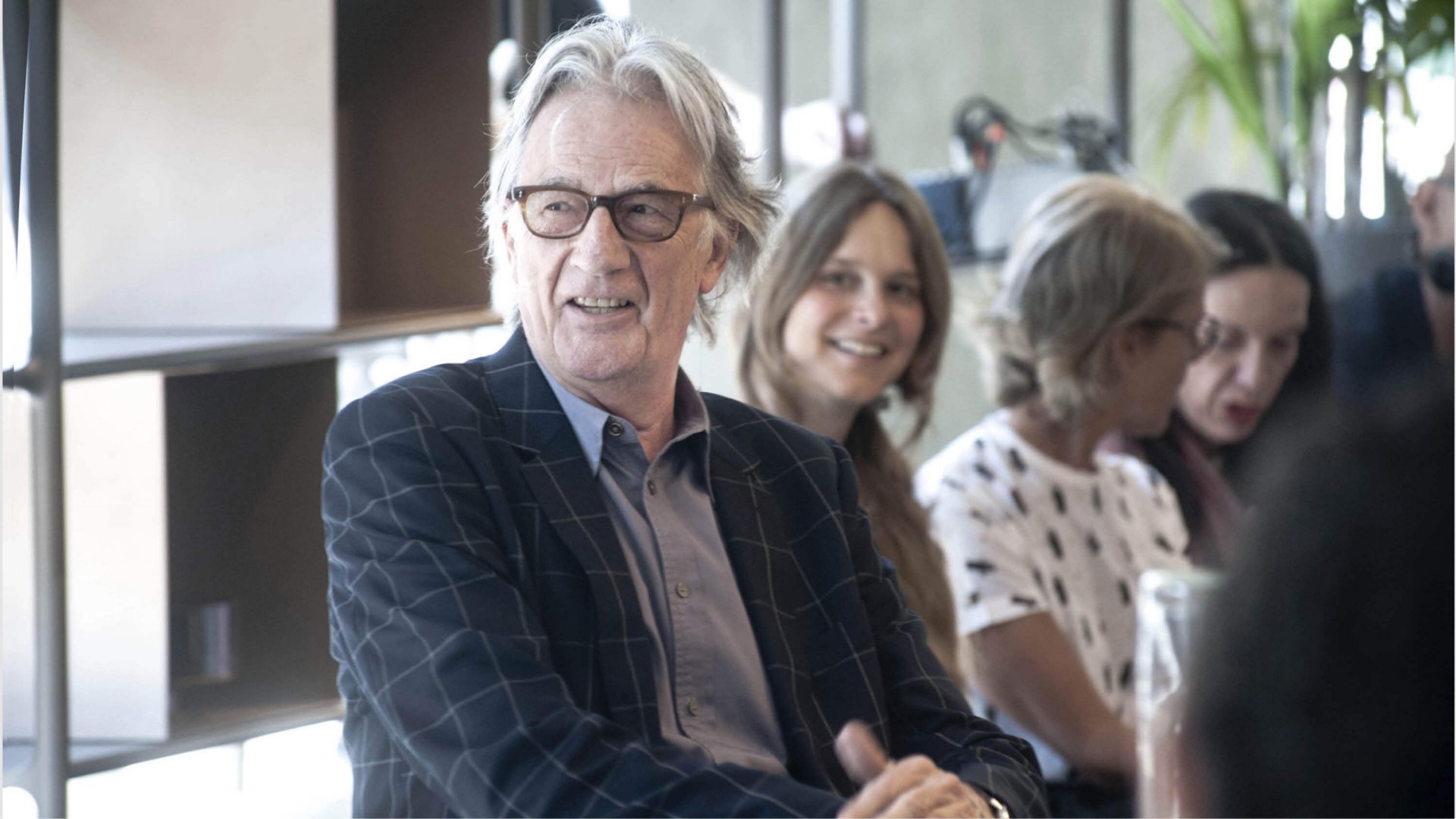
credits ph. Silvia Morara
ML: You chose to paint your store in Melrose Avenue, in Los Angeles, pink, what was the reason behind that choice?
PS: It was based on the analysis of the location, I wanted the building to stand out, to be instantly recognizable in a an urban system of similiar looking streets.
I took inspiration from the work of the architect Luis Barragán, the clean solid geometries and the use of bright colours and I transformed what could be described as a cube of cement into a point of reference for the city
ML: If you had to name a designer or an architect who you have drawn inspiration from who would it be?
PS: I have always drawn a lot of inspiration from the influential names in architecture but above all from one great master from the past, Palladio, and from his theories on perfect proportions.
The aesthetics of proportions, the mathematical approach applied to architectural design are also prelevant when designing a suit.
ML: You are also a car enthusiast, you have a Bristol don’t you?
That’s right, the Bristol is a 1956 English car:mine is bordeaux just like the one in the film with Daniel Day Lewis. Daniel is a friend of mine and we have been in that car many times together. There is a strong kinship and compatibility between us, like the importance we give to manual work.
Many people know that Daniel did some work experience as a shoe artisan in Florence but he has also done carpentry activities, working with steel and iron. Manual work is extremely important for me too: I still create the mauettes by hand for the new shops, carving and engraving them myself.
ML: Is luxury still a good word? Today it makes us think of excess and it does not always have a positive connotation. What is your take on that?
PS: I think the meaning of the word progresses corresponding to its use and in this day and age the word luxury is most certainly overused. Any product name can be followed by the word luxury in the desperate search to reach a certain status and identity, in this way diminishing the importance of the word itself. I spoke before about my interest for “handcrafts”, which for me represents the real concept of luxury today.
Surrounded as we are by industrial giants producing fast fashion, it has become increasingly more difficult to find something unique and made with passion. Speed is another real problem today: it seems to be directly proportional to our professional or social worth. We are trying to find through this intense use of digital channels a way to satisfy our need to please. There is, however, a sentence I often repeat to myself: “Nobody cares how good you used to be”.
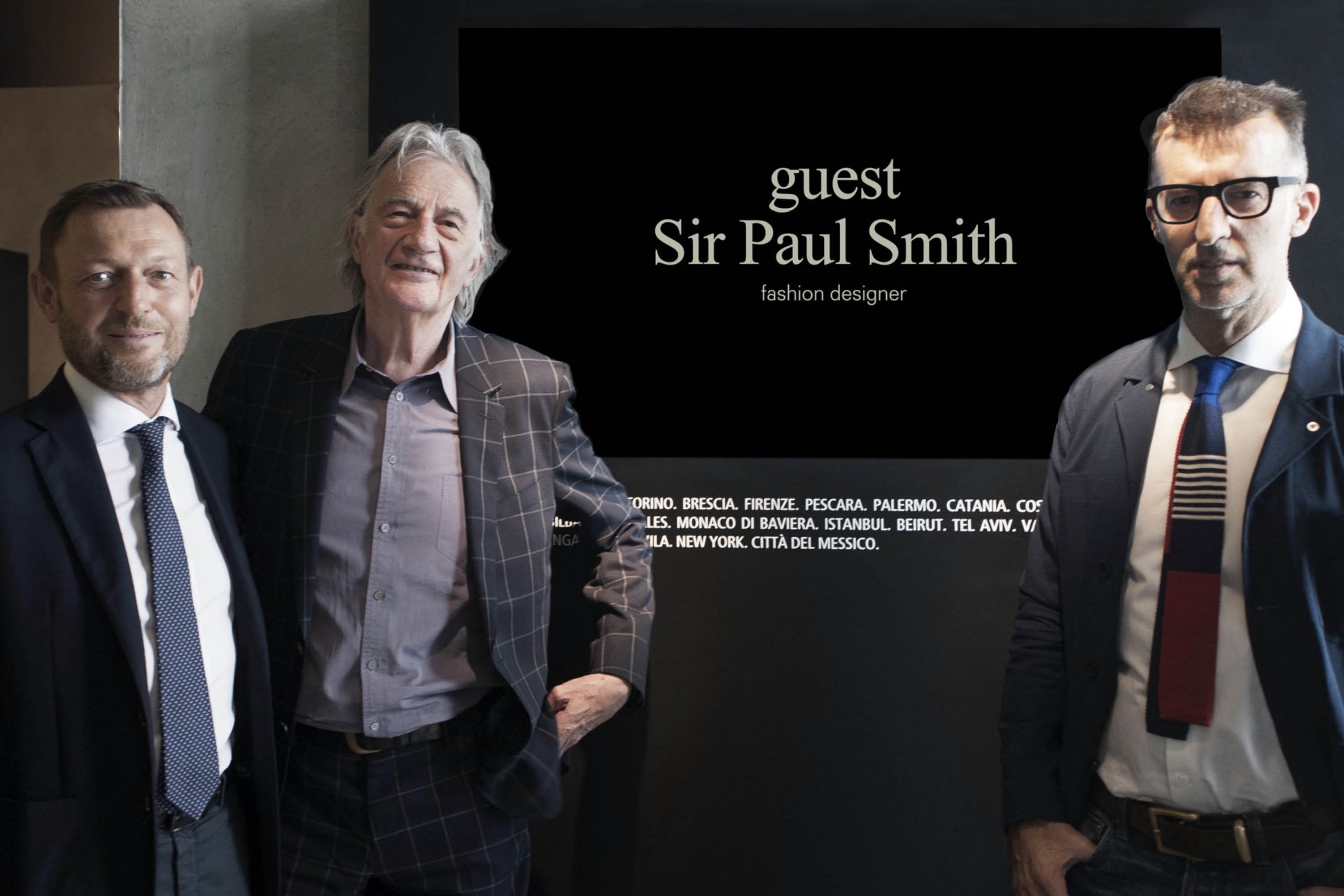
credits ph. Silvia Morara
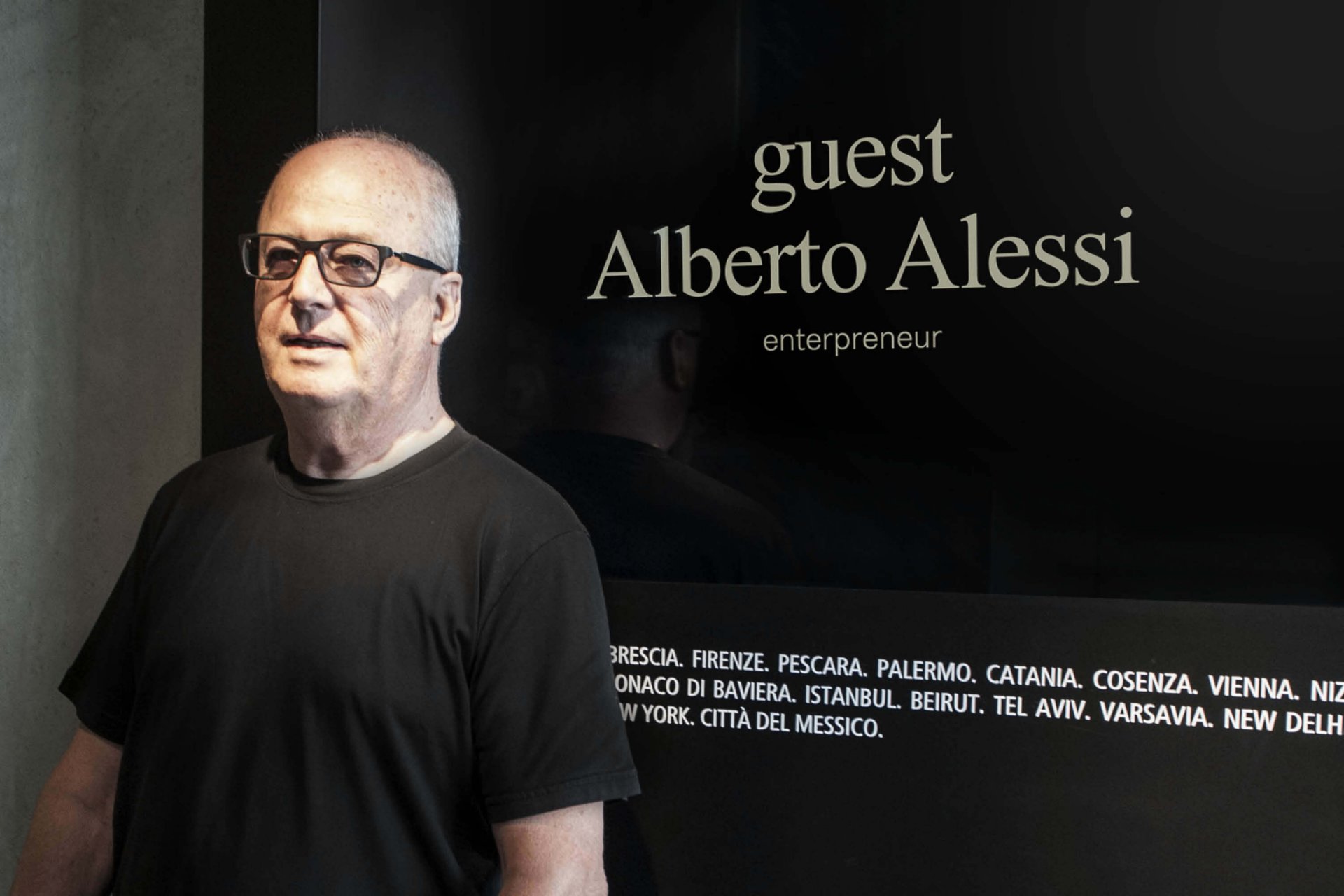
credits ph. Silvia Morara
ML: You are not a designer but, as you, yourself, ironically point out, more a “designer of designers”. In this passing of the torch between a great fashion designer and a great Italian designer I would also like to ask you if there is a relationship between these two worlds of Fashion and Design.
Alberto Alessi: That is right, I am not a designer or rather I am a design manager.
Speaking with reference to my experience I have had many contacts with the leading players in the fashion world in approximately 50 years of business; I would have liked to have seen the design methods and the ideas of fashion design applied to product design. Unfortunately the big difference between a product or furniture designer and a stylist lies mainly in the choice of materials and then knowing how to draw and design in 3D.
The first encounter in with this limit was at the end of the seventies, when we organized a workshop in Berlin under the tutelage of Alessandro Mendini and one of the participating guests was Jean Charles De Castelbajac who showed real difficulties in getting to grips with three-dimensional drawing. I also remember another episode related, in this case, to Paco Rabanne who had a wonderful idea for a mirror for Alessi, he wanted to call it” The fairest of them all” but at the end he was not able to really draw it and it never got produced.
ML: You have a wealth of experience: during these years in Alessi, you have had the opportunity to design an incredibly vast range of products. I can even remember a Fiat Panda and other experiences related to the automotive world.
AA: Actually the case you just mentioned, the Panda, is one of the rare cases in which we worked in two dimension, because Fiat did not give us the opportunity to design the whole car but only the shape of the exterior and some interior details.
The dream of creating an Alessi car could have been achieved with Starck some years ago, but, alas, no car manufacturer was interested in going through with the project. Perhaps in the future…
ML: Perhaps it is closer than we think! Thinking about the future of the car industry we are moving towards a reality of increasingly intelligent cars and driverless vehicles, the safety constraints that make design a uniform concept, and perhaps even the exteriors, will develop and transform increasingly free shapes and forms and the interiors will resemble almost work-like places. But market research is not always reliable, Achille Castiglioni himself, when I was younger said to me that the the only important consideration when designing is to disregard market research. Can you give us any anecdotes, you knew him well?
AA: I remember having involved him on a number of occasions, but when I asked him to design objects for the kitchen he was against the idea at first. He was worried more than anything about not having enough consolidated experience in the kitchen.
Then he went on to design them and I have to say that, even if the kitchen is a more female world, the designers who created kitchenware have been mostly men, who just like him didn’t have any particular expertise. It is rather odd!
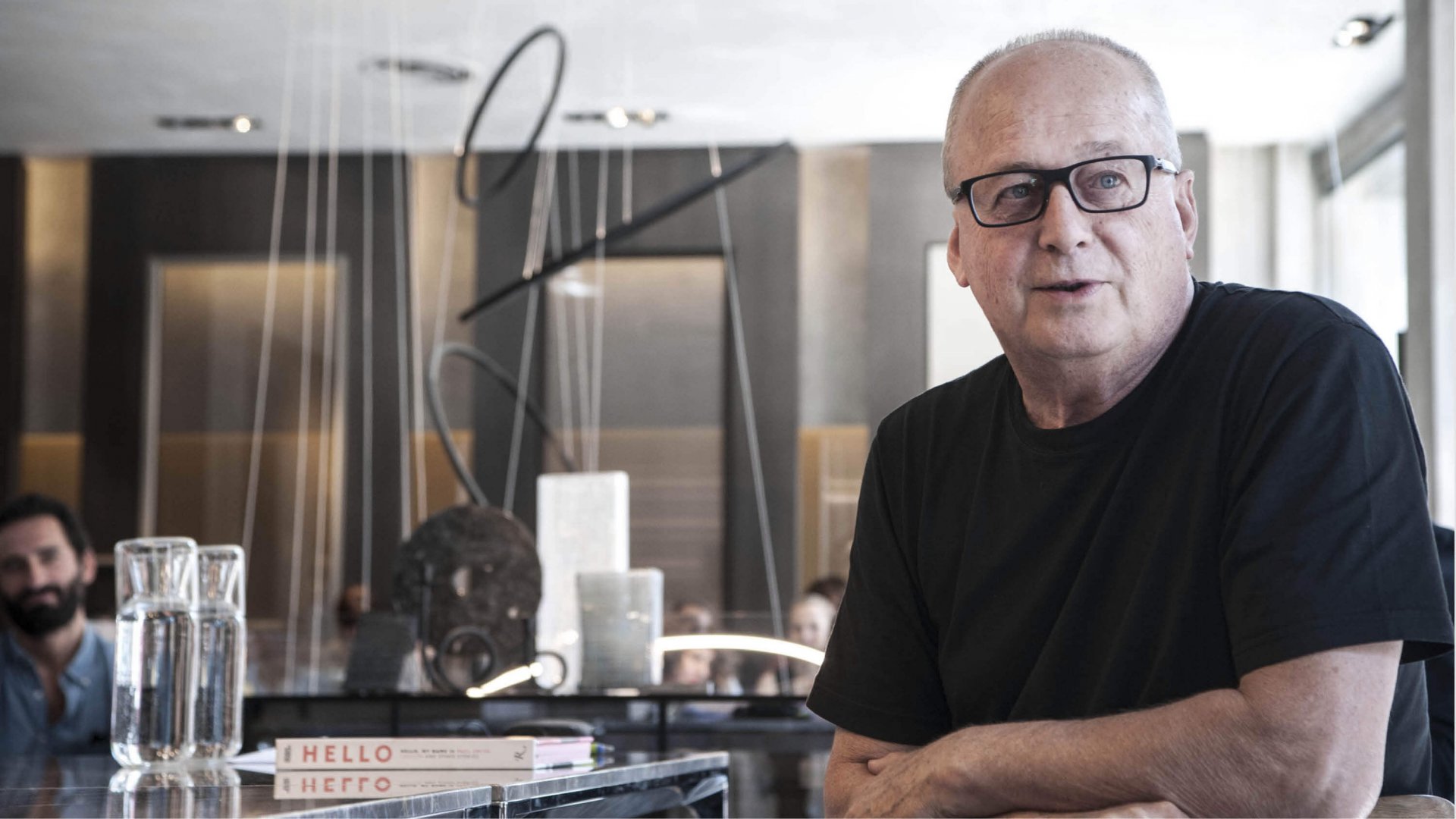
credits ph. Silvia Morara
ML: Milan, the capital of furniture design and fashion, have you seen the city undergo any changes recently? Design has become increasingly international, what has changed now that many of the great Italian designers have passed away?
AA: Milan most certainly continues to be the capital of design but for reasons different to those of the past. Let’s take the history of Italian design: until the 1970’s the product was designed by an Italian designer and made in Italy by an Italian company. But if we look at the later part of the 1980’s Italian products were for the most part no longer designed by Italian designers. Italian companies opened up to a more international panorama and I personally think it is a positive thing: they received a breath of fresh air.
If the Italianness of the design fizzled out, the Italian production remained strong. And in many cases today, there is no longer even Italian production: Italian design is represented by foreign designers and produced abroad. This practice of mediating between the market and the international players in the design scene is a more artistic agreement for Italian brands. Perhaps what has really changed is teh role of the entrepreneur who today is more similiar to that of a curator.
ML: Everyone knows that you have a formula of success that allows you to choose the products to produce without making any mistakes, what does it consist of?
AA: That is right and it works. It is a mathematical formula that allows you to precisely define the success of the prototype you have before deciding to put it on the market.
The formula is based on 4 parameters, every parameter is broken down into 5 levels with their corresponding score. Over the years it has proved to be infallible.
ML: You perform a scouting activity with the designers. Do you first think about the object and then about who could make it or do the designers put forward their projects?
AA: More often than not we work as a traditional company would on briefs of new products. Once the brief is written I propose the project to three people and the one who is interested in it starts it.
If the proposal I receive proves to be interesting, then its production process begins, which can take up to a year.
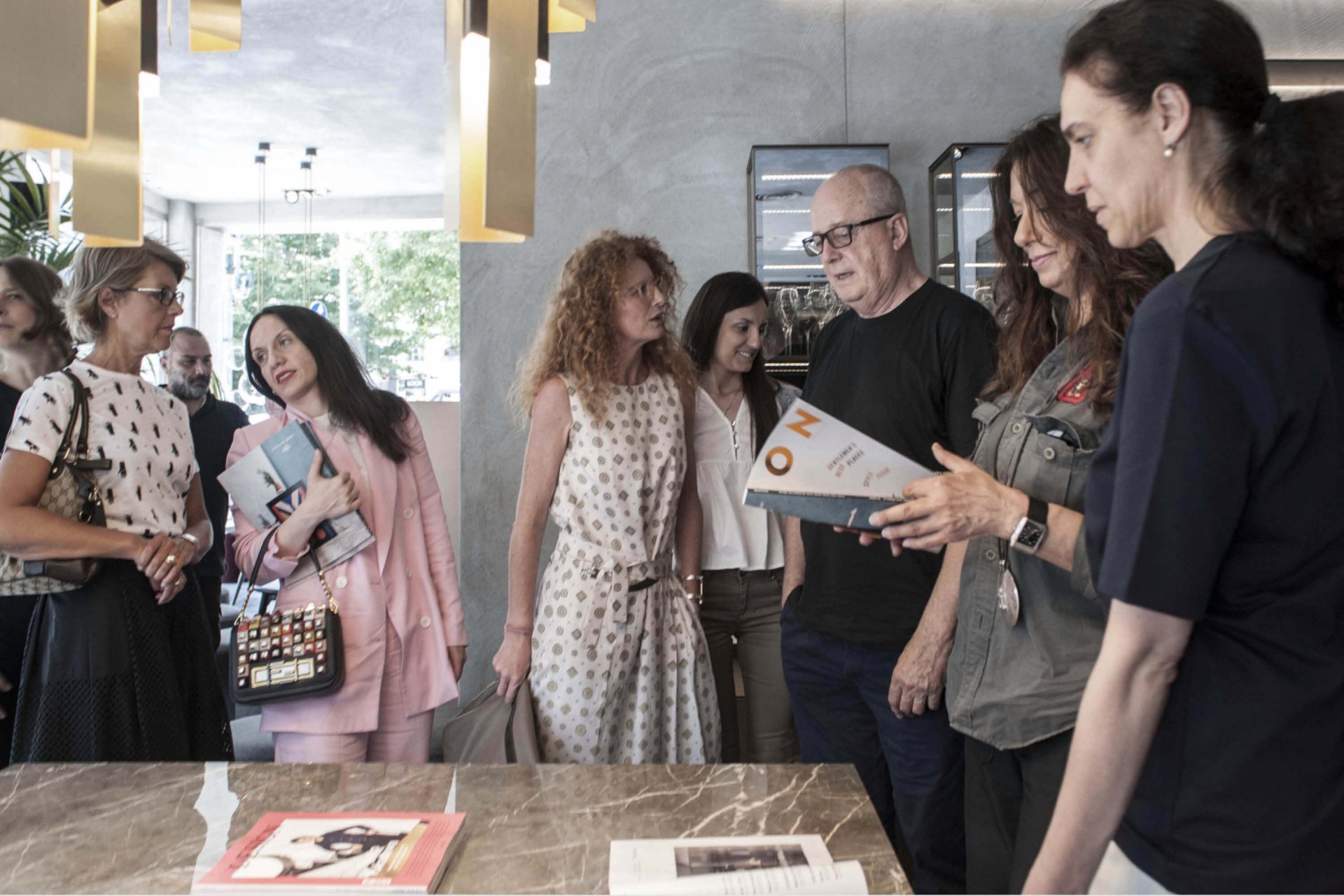
credits ph. Silvia Morara
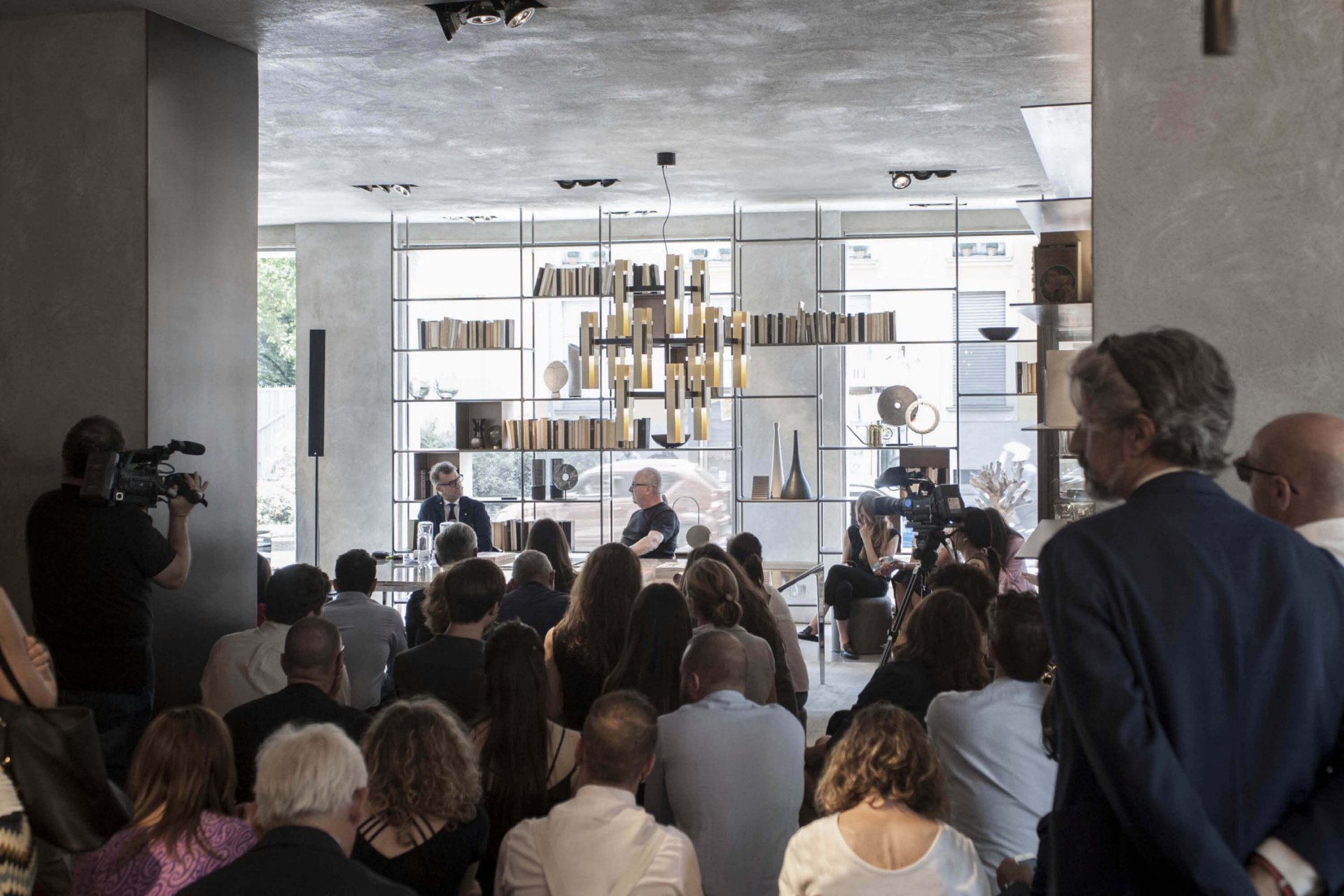
credits ph. Silvia Morara
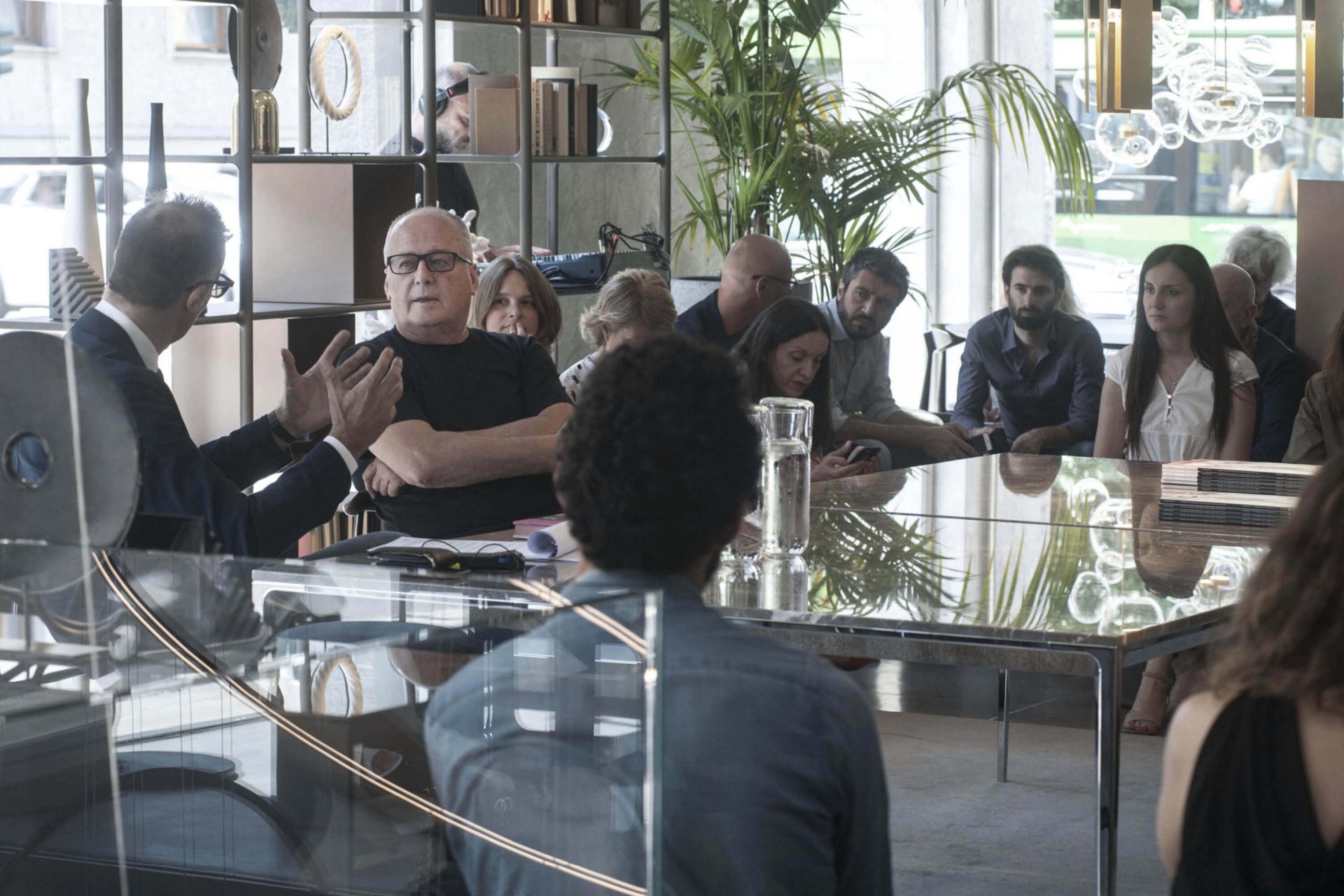
credits ph. Silvia Morara
AA: Design has picked up on the concept of speed from fashion:now we present two collections a year and this speed is almost excessive for the timing of product design where a designer who creates a chair is not always able to keep up with market aspirations.
Enzo Mari himself affirmed “when a project I created sells well I start to think that it was not a good project”.
ML: This concept of doing a project for the pleasure of doing it is a characteristic that belongs also to the world of art and music. Perhaps the projects that are created with passion are those which in the long run acquire more value?
AA: This prospect can pertain more to design than to fashion. A dress made 60 years ago may have represented a revolution in a certain period of great cultural importance where it will be confined to without further use;
in design, a product can be a revoltion related to a certain time but at the same time continue to be used for its same purpose in the years to come.
ML: What products are you most attached to?
AA: Certainly to the first expresso coffee machine designed by Richard Sapper in the 70’s, a tribute to my maternal grandfather Alfonso Bialetti;it has been in production since 1979 and it was also the first product created by Alessi for the kitchen. From 1921 to 1979 Alessi only produced objects for the kitchen table and for the bar, only after the coffee maker did we begin to produce kitchenware and other objects.
Another collaboration I fondly recall was the one with Saeko, for a watch collection. Everything started with Aldo Rossi who wanted to design a watch. He arrived with a model that was later called “Momento”, then Achille Castiglioni designed his “Record”, then Sapper and so forth… then Saeko noticed these watches and proposed us to make a collection including 20 models.
ML: How far does marketing affect the work of designers? Do we still have a warm relationship with some objects?
AA: Today everything succumbs to the demands of marketing, a tool that often favours the aspirations of the target, repressing creativity and imagination to the detriment of good design. For me marketing is like a cage in which you try to compress the reality of society by standardizing the criteria and the aesthetics of products coming out on the market.
Today many companies demand the complete control in the creation and the development of a product, giving increasingly less freedom to designers to express themselves with their skills and expertise potential. This can only be damaging to the market and will most certainly generate objects that will fade over time.
ML: And how does design fit into the world of luxury?
AA: In my opinion design is not luxury: luxury takes advantage of the individual’s ambition and desire to belong, but objects of design are created for industrial production and are therefore targeted for a wider market segment.
The exceptions are those rare cases in which special or limited editions are created exclusively for the niche segment of galleries.
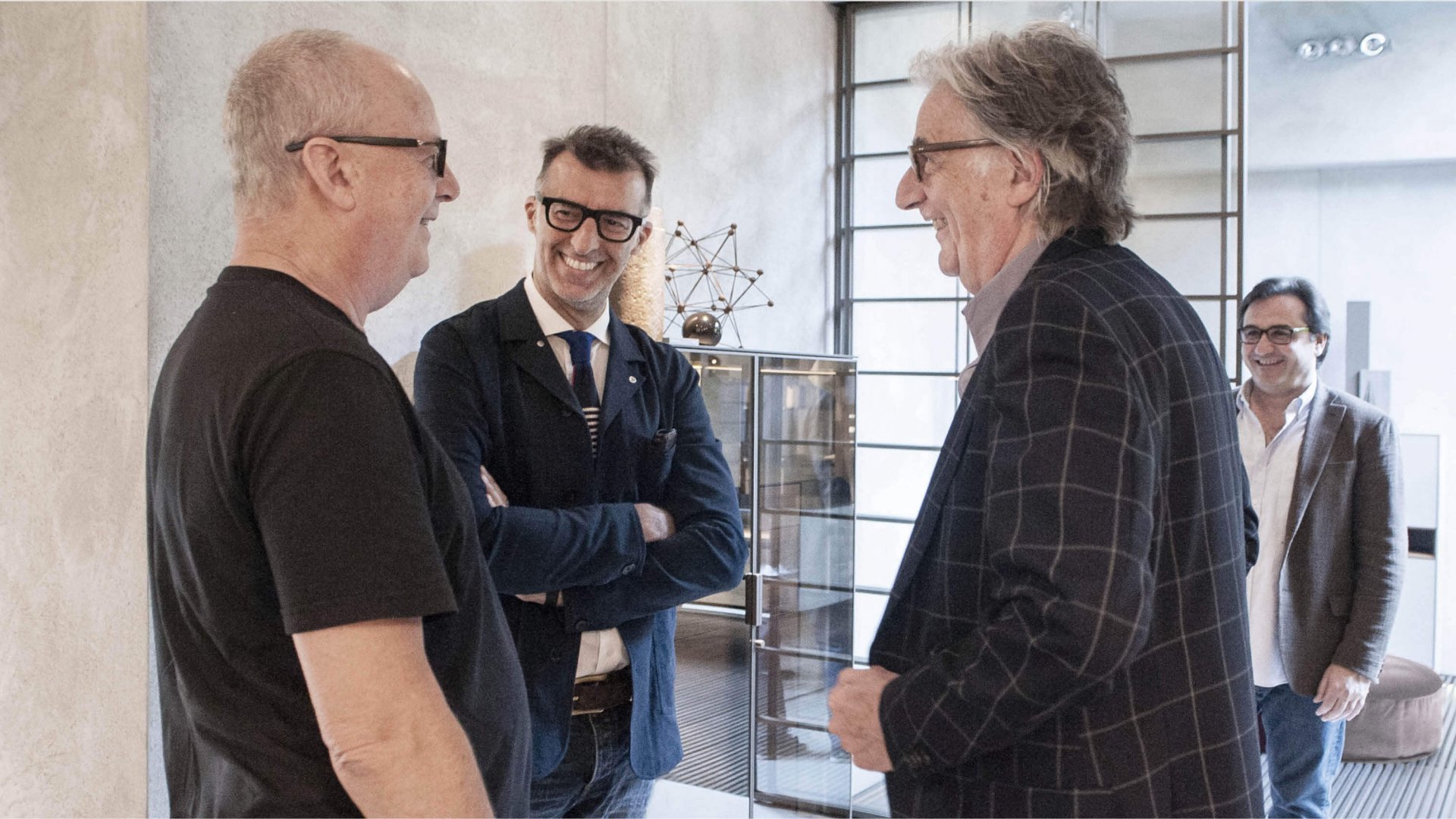
credits ph. Silvia Morara
